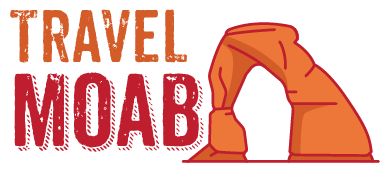Get To Know Utahraptor State Park
Located Roughly 15 miles North of Moab, Utahraptor stater park is one of the largest bone beds in North America. They have found over 5,500 bones representing more than 10 dinosaur species during the sites 45years of excavation and discovery.
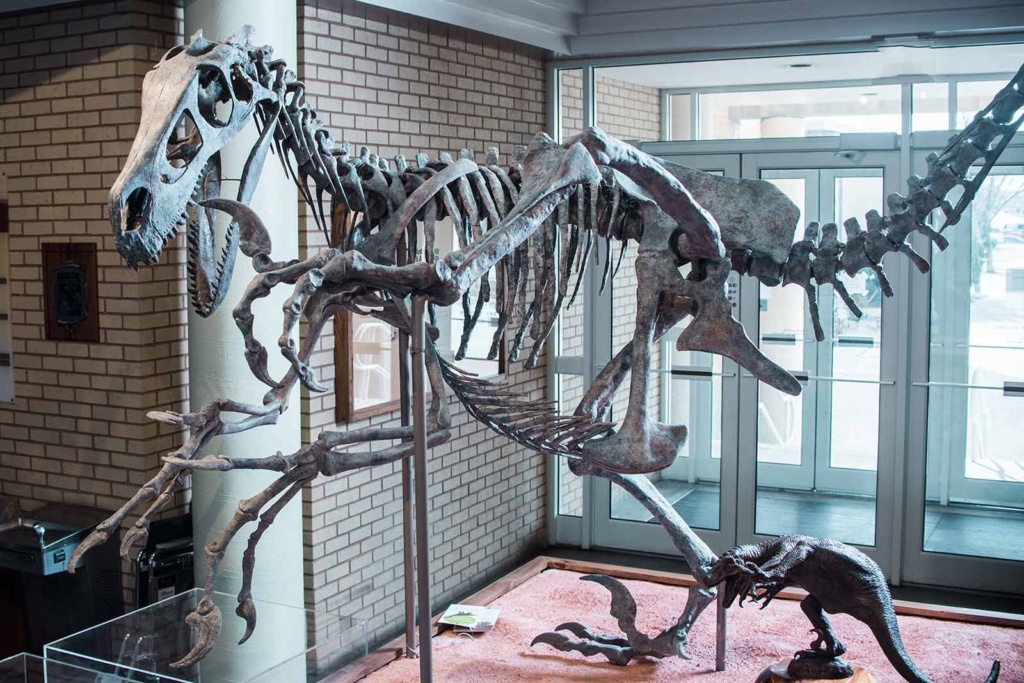
Species they have found here are the Utah Raptor, Armored Gastonia, and the Longneck Sauropod Moabosaurus. Paleontologists believe more than 100,000 bones may await to be discovered at this site.
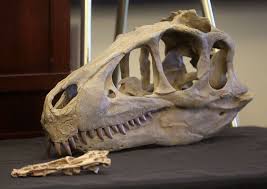
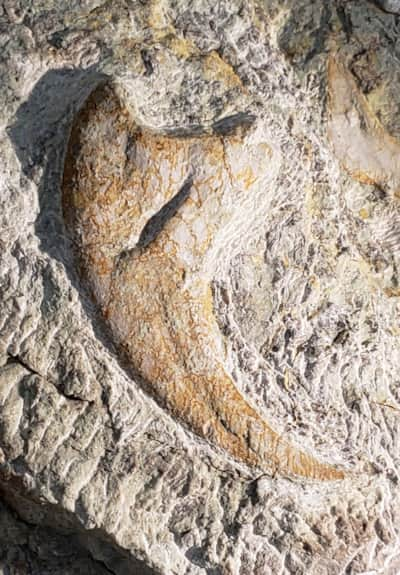
From Dinosaurs to the Atomic Age: WWII History Near Utahraptor State Park
Utahraptor State Park is best known for its fierce namesake predator, towering red rock formations, and prehistoric fossil beds—but the story of this land doesn’t end with the dinosaurs. As you explore the rugged desert trails today, it’s hard to imagine that just decades ago, this quiet region played a supporting role in one of the most powerful global conflicts of the 20th century: World War II.
During WWII, the remote red rock landscapes around Moab, just miles from what is now Utahraptor State Park, held a hidden treasure—uranium. While large-scale uranium mining didn’t explode until the 1950s atomic boom, the groundwork was laid during WWII when the U.S. government began scouring the West for sources of uranium to support the Manhattan Project, the top-secret program that developed the first nuclear weapons.
Although no nuclear research facilities were based in Moab, the area’s unique geology made it a prime target for future mining. Prospectors and geologists quietly began mapping out deposits that would later help fuel the Cold War-era arms race—and reshape the region’s economy.
While the land that is now Utahraptor State Park remained mostly untouched wilderness during WWII, nearby public lands benefited from pre-war and wartime development efforts. Programs like the Civilian Conservation Corps (CCC), which operated in the late 1930s and early 1940s, built roads, trails, and infrastructure in Utah that laid the groundwork for modern recreation areas.
After the war, many veterans returned to the West, contributing to the growth of the outdoor recreation movement that would eventually lead to the creation of parks like Utahraptor.
Day use Fee-
$15.00 per vehicle. You get access to all of their trails, Historic site, and visitor center.
Utah state Park Annual Pass-
Utah State Park Annual Pass is available for Utah Residents only. For $125.00 you get free all day use for all Utah state parks (Camping Not included.)
Can be purchased either at the visitor center!
Utahraptor State park offers Mountain Biking, Off Roading, and Hiking
Utah Raptor interpretive trail- Moderate
Half-mile loop with minimal elevation gain. Includes interpretive signage about the Civilian Conservation Corps camp and WWll-era isolation center. Shaded Benches make if perfect for families and exploration.
Willow Springs OHV Road (Hiking-Friendly) Moderate
Originally an off road route but now also a popular hiking a biking trail, 7.9 Mile Round trip with 836 ft elevation gain, Passes Portable toilets and scenic viewpoints, ending near balanced rock formations.
Longer OHV/Four-Wheel Trails (hiking optional)
Copper Ridge OHV trail-
3.6 mile, 2378ft elevation gain Moderate trail
Seven Mile Loop to Sovereign–
34.4 miles 3,333 Ft elevation gain (Moderate to hard)
Camping information
New modern campgrounds is now open
The sites allow improved RV & Trailer Access along with water power amenities visit Here for site-specific amenities size and more information.
- $50 per vehicle, Per Night. Plus $15 for any additional Vehicles.
- 8 people max per site.
- Quite Hours 10pm to 7am
- 14-day limit
Trail Tips & Regulations
- Stay on designated trails to protect fragile biological soil crusts. Click here For more information
- No cross‑country hiking is allowed—only on marked roads or sandy/rocky washes
- Pets are allowed on leash (6 ft max)
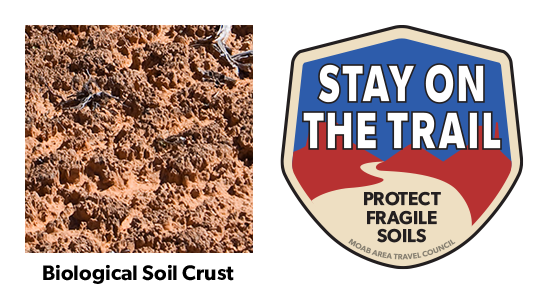
Location And contact Information
BLM 142 Moab Utah 84532
Phone Number 801.538.7220
Visitor Center Hours
Saturday -Thursday 9AM to 5PM
Friday 9AM to 7PM
